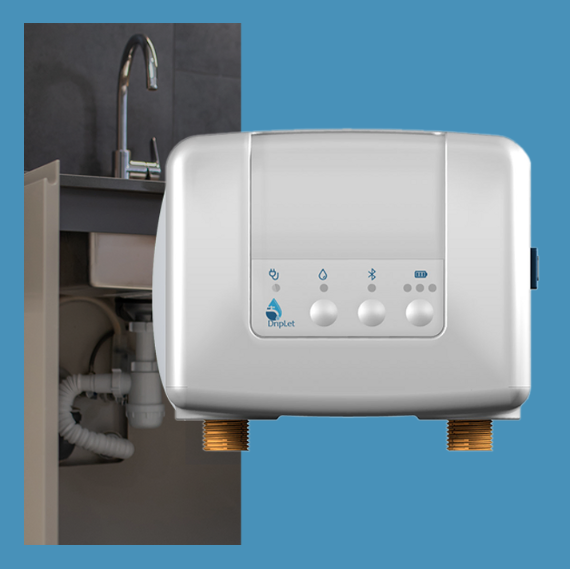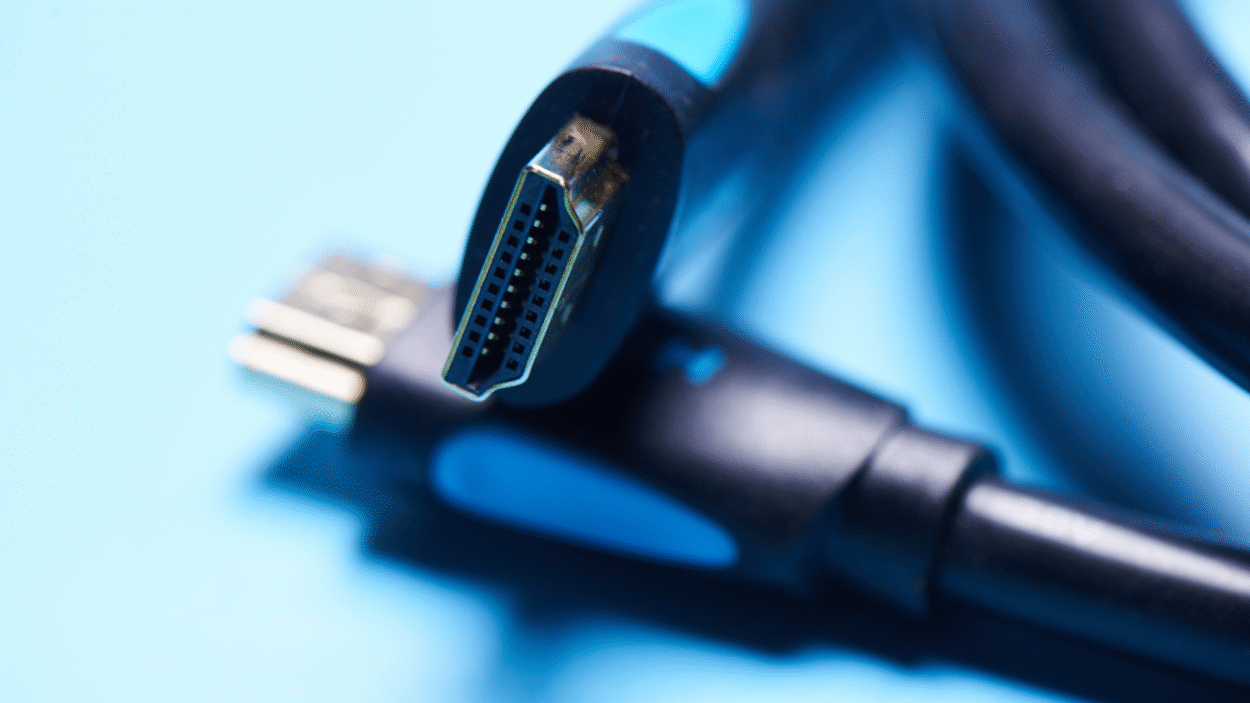The first part of this article focused on making the smart home systems in a home resilient to natural disasters, and other events, that can impact the ability of the homeowners and their family to live in their home (that article can be found here.) The second part in this series of focused on making other systems in the home resilient articles (that article can be found here.) The third part of the series will focus on leveraging smart home technology to avoid having issues in your home and, again, leveraging smart home technology to minimize the damage to a home when an issue occurs.
For those that didn’t read the first two articles in this series, I want to review my description of a resilient home:
- A resilient home is a home that can withstand natural disasters and severe weather
- Operate without, or with minimal, impact to the occupants in the event of a loss of utility services
- Continue to operate without impacting the occupants in the event of a failure of one of the primary systems in the home. For example, the failure of a well pump causes the loss of fresh water to be delivered to the home.
- Operate efficiently using a minimal number of natural resources so all systems in the home operate independently for an extended period of time
- Provide a healthy living environment for the occupants
- Be adaptable to changing conditions and requirements over time
- Take actions to prevent issues from occurring in, and around, the home
- When issues in the home are detected, take actions to minimize the damage
A resilient home needs to be designed based on its location. For example, a home located in Florida needs to be designed to withstand torrential rain, lightning, high winds, and flooding from tropical storms and hurricanes. On the other hand, a resilient home in Southern California needs to be designed to withstand earthquakes, droughts, and heat waves. Finally, a resilient home in the mountains of Colorado needs to be designed with heavy snow and wildfires in mind.
Cameras
Most people think of using smart cameras in their home for added security. However, they are very useful in helping to diagnose problems in a home when you are away because, as the expression goes, “There is nothing like being there.”
Whether you are only a short distance away at work or halfway around the world on vacation, inexpensive pan-tilt-zoom (PTZ) smart security cameras allow you to look around your home to investigate an issue. For example, if your security system sends an alert that your kitchen is flooding, is there really a leak or did your dog spill water out of his bowl and, by chance, trigger a leak sensor?
Many people have privacy concerns about placing smart security cameras in their home. A simple way to address this is to plug the camera’s power supply into a smart outlet from another manufacturer. Then, using an app on your phone, you can turn the cameras on only when you want. And, because the smart outlets are controlled through a different vendor’s app, even if your camera vendor is compromised by a hacker, that hacker will have no ability to turn on the smart outlets and power on your cameras.
Plumbing Problems
Water leaks in a home can easily cause thousands of dollars in damage. A smart water valve from Phyn or Moen can be inexpensive insurance for minimizing the damage to a home when a leak occurs. These smart valves include technology that monitors your plumbing system and can detect a leak. They then can automatically shut down the water supply to the home to minimize the damage.

An alternative approach is to integrate leak sensors, or a security system with leak sensors, with your smart home processor/hub. Next, place leak sensors in the locations where leaks are most likely to occur, including under toilets, sinks, a refrigerator with an ice maker or cold-water dispenser, dishwasher, clothes washer, and hot water heater. A motorized plumbing valve can then be integrated with your smart home processor/hub, and the flow of water to your home can be shut off when a leak is detected.
The disadvantages to this approach, compared to a smart valve from Moen or Phyn, are that it requires numerous leak sensors to be placed around the home and the batteries in these sensors need to be maintained over time and if a leak occurs in a location without a sensor, it won’t be detected.
The biggest advantage to this approach is that it will probably detect a leak much faster if the leak sensors are properly located and therefore there will potentially be less damage to the home.
A major cause of leaks in a home, during the winter, is a frozen pipe. Cold weather can freeze the water in a pipe. Water expands as it freezes and this can split the pipe causing a leak. A smart home can be programmed to monitor the temperature in a home and take actions if the temperature in the house gets too low, including turning the heat on if it was accidentally left off; raising the set point if the temperature in the house drops too far; and if the temperature in the home continues to drop, proactively closing a smart water valve so only a minimal amount of water will leak if a pipe bursts.
Alternatively, if the outside temperature drops significantly, a pipe in an exterior wall can still freeze in spite of the temperature in the home being warm. In this case, the best approach is to open a faucet and allow a minimal amount of water to flow as this can keep cold pipes from freezing.
This process can be automated with DripLet. DripLet uses a temperature sensor to monitor the temperature outside of a home. When the outside temperature drops to the point where pipes could freeze, DripLet automatically allows a minimal amount of water to flow. When the temperature rises, DripLet automatically turns off the flow of water. DripLet is currently available for pre-order.

DripLet offers users two set points. The first set point is for homes that are in located in more temperate climates or aren’t well insulated; DripLet can start operating when the outside temperature drops below freezing. For homes that are well insulated and located in areas where the climate is much colder, DripLet can be placed in “Arctic” mode and won’t start operating until the outside temperature drops below zero.
While leaks in an irrigation system typically won’t damage a home, they can waste a great deal of water and add significantly to a water bill. The Rachio smart irrigation controller supports adding a flow meter to the water line feeding your irrigation system. The flow meter is wired to an input on the Rachio controller. The Rachio then measures the water flow to each zone in the irrigation system and if the normal flow is exceeded the Rachio can automatically shut down the operation of the zone with the potential leak while still watering the remainder of the lawn.
HVAC Problems
A smart home system with a temperature sensor that is independent of the heating/air conditioning thermostat, can act as an independent source of information on whether the HVAC system, including the home’s thermostat, is operating properly.
If the temperatures in a home get too hot or cold, then it can cause significant damage. For instance, hot temperatures can damage drywall, lead to the growth of mold in moist climates, and cause cracking in expensive wooden furniture. If the temperature in a home gets too cold, it can lead to frozen pipes and health issues for the occupants.
If the temperature, in a home, drops below 62 degrees, then the smart home system should automatically turn on the heat. If the temperature continues to drop and reaches 60 degrees, then the system should notify the homeowner that the heating system has potentially failed. Finally, if the temperature in the home reaches 58 degrees, then smart water valves should be turned off as temperatures of 55 degrees in a home can lead to frozen pipes.
Similarly, as temperatures rise in a home the air conditioning system should be automatically turned on. If the temperature in the home continues to rise, the homeowner should be notified that the air conditioning system may have failed.
Electrical Problems
Electricity can be a challenge to fully monitor, as a widespread outage would likely disrupt the infrastructure required to send a notification. So, even if your home is fully backed up by solar, batteries, and a backup generator (in case the solar/battery system doesn’t provide the power required by the systems in your home or in case the solar generation system fails), if your ISP’s infrastructure is down because of a blackout, then it will be impossible for notifications to be sent to your phone.
Higher end routers offer the ability to leverage a cell phone as a link to the internet if your primary ISP has an outage. This can be a lifeline to keeping your smart home fully operational in an emergency. However, if a power outage is widespread enough, then your cell phone provider’s infrastructure may also be impacted.
While it may not be optimal to have your home disconnected from the internet during an emergency, having a resilient electrical system in your home can, for example, keep the heating system running during the winter to keep people comfortable and pipes from freezing and keep sump pumps running during a major storm to minimize the chance of major damage from flooding
With this in mind, a backup generator is the final line of defense against a blackout. However, as one of my customers once found out, you are still out of luck if your generator is not well-maintained and kept in working order.
Most standby generators are designed to periodically run a load test. This is an automated process where the generator simply runs for a few minutes each week. Many of today’s generators have built in Wi-Fi and will send notifications to the homeowner if the test isn’t successfully executed. This, however, is not the case for every generator.
After my former customer with an older generator found out, during a blackout, that his generator had been broken for weeks, we leveraged his smart home system to monitor the generator. We installed a relay with the relay coil powered by the generator. When the generator ran, then it would close the relay, and this was sensed by the smart home processor. If the smart home processor didn’t see the relay close, at least once per week, it would send a notification to the homeowner so he could get the generator serviced.
There are other aspects of electricity that are important to monitor to make a home resilient, such as the condition of the wiring in your home (degraded wiring can lead to electrical fires.) and the quality of the power being delivered to a home through the grid (under- and over-voltage conditions can cause issues with the electronics in a home.) These can be monitored with Ting.
Ting is a service of Whisker Labs that includes a small monitor that plugs into an electrical outlet in a home and connects to the home’s Wi-Fi network. It then monitors a home’s electrical wiring for faults that can lead to fires. Ting also monitors the utility grid to help detect faults that could damage a home.
The electrical infrastructure in a home is not all that should be monitored for faults. Electrical appliances can develop problems over time that lead to failures. A homeowner can proactively avoid a sudden failure of a major electrical appliance in a home by monitoring the power used by an appliance with an energy monitoring smart plug or a power monitor, such as the ones offered by Shelly. If an appliance is using more and more energy for no apparent reason, then that is a good hint that something is wrong, and the appliance will eventually fail. For example, if an electric clothes dryer is using more energy to dry clothes, the dryer’s vent could be clogged, which is a significant fire hazard.
Summary
Hopefully both homeowners and integrators will find the ideas in this series of three articles on the resilient smart home useful. The frequency of severe weather events and related natural disasters, such as droughts leading to an increase in wildfires, is increasing. Smart home technology can be a valuable tool for keeping homeowners and their families safe in their homes.
Creating a resilient home takes planning and thoughtful design. While retrofitting products into a home to make it more resilient is possible, it is best to build resilience into a home during construction. Resilience is especially important for homes that are located in more rural areas where a family can truly find themselves “on their own” during severe weather or other emergencies.
While most smart home products aren’t designed with resilience in mind, the Hubitat C8 hub, with Hubitat’s subscription Hub Protect service, comes as close as anything I’ve seen to a resilient smart home system. Once Hubitat, as well as other manufactures, update their products to include support for the Matter protocol, creating a smart home system that can much more easily address a hardware failure will be much simpler.
Proper design can also make the other major systems in a home resilient including the distribution of fresh water in the home, the supply of electricity, the heating/cooling of the home, and maintaining a healthy indoor environment.
Finally, smart home technology can help minimize the impact of problems when the inevitably occur. Monitoring electricity, plumbing issues and water leaks, and the temperature in a home can minimize the impact of failures in these systems.








